Project Zero - Runner Up at Design to Zero Competition
By Bustler Editors|
Thursday, Feb 16, 2012
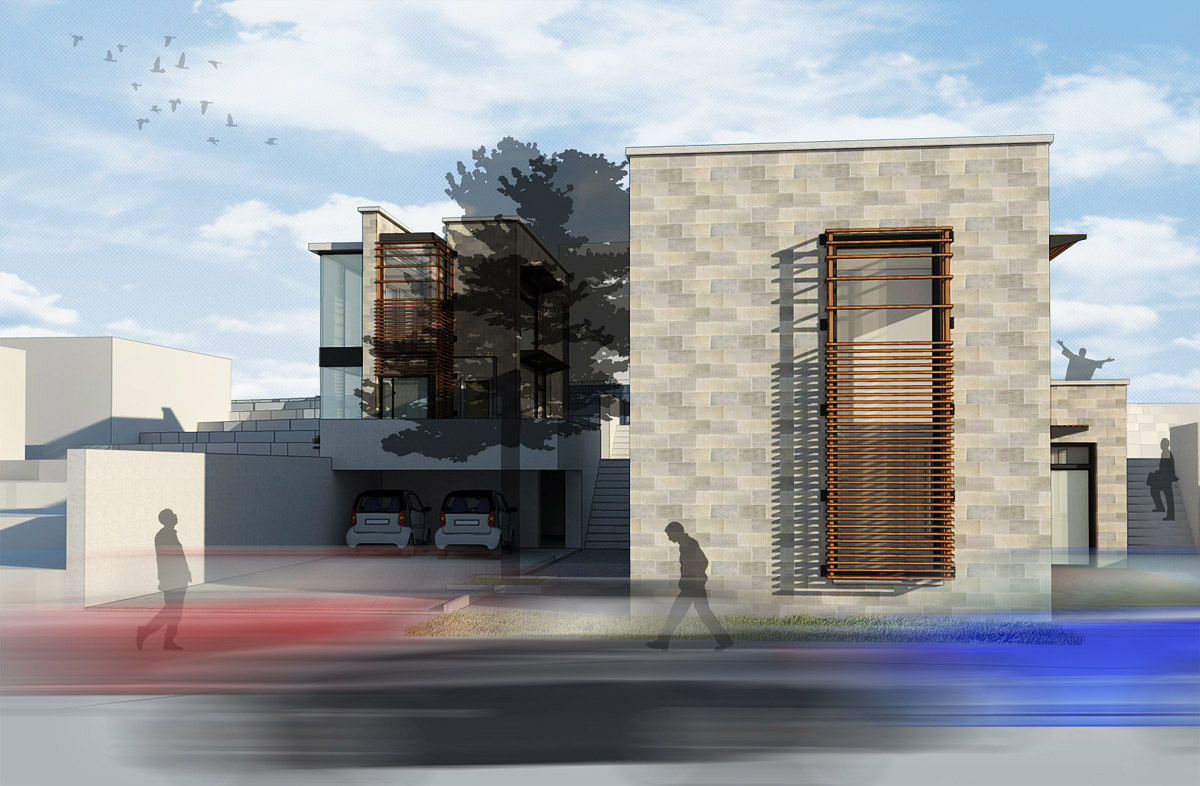
Related
We are happy to also present the second prize winner of the 2012 Design to Zero competition: Project Zero, a collaborative effort by graduate students Daniel Kim and Caitlin Ranson from Clemson University School of Architecture (previously on Bustler: the competition's first and third prize winners). Project Zero seeks to redefine the "unit," focusing on the tight relationship between material unit, family unit, and living unit. The site chosen for the proposal is in a historic residential district not far from downtown Grennville, South Carolina.
Project Description from the Architects:
Concrete masonry units were the primary material choice for Project Zero. With this most basic modular material, the team was able to create dynamic and efficient spaces. Environmentally, CMU is durable, low maintenance, fire resistant, has high thermal mass, and can be locally sourced and constructed. CMU is affordable, yet available in a wide range of textured patterns.
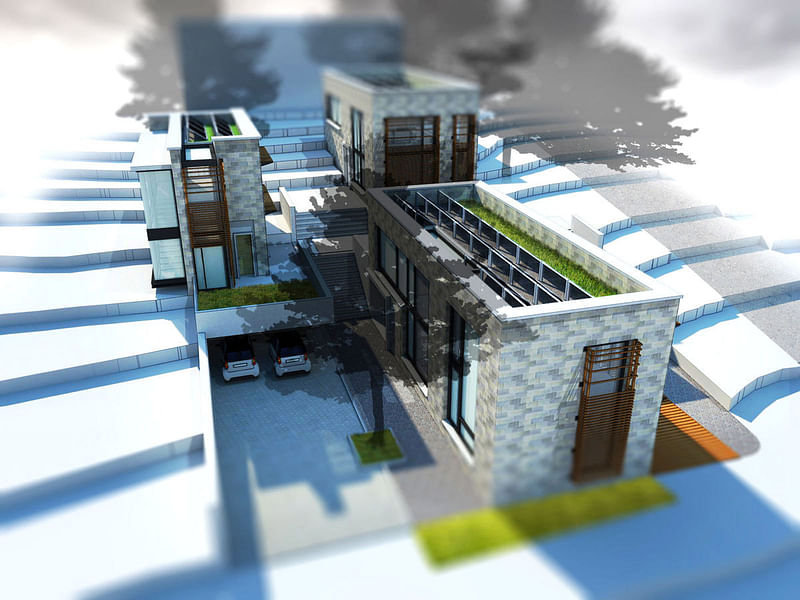
The design rethinks the program to create spaces that accommodate the lifestyle patterns of the family unit. Each unit houses a unique family situation. Privacy is afforded to each family, but interaction amongst the families is also encouraged through public circulation and shared outdoor spaces. Rooms work efficiently and reflect the fast tempo of contemporary living. The design does not include hallways, corridors, dining rooms, or other formal areas that do not respond to the occupants' lifestyles.
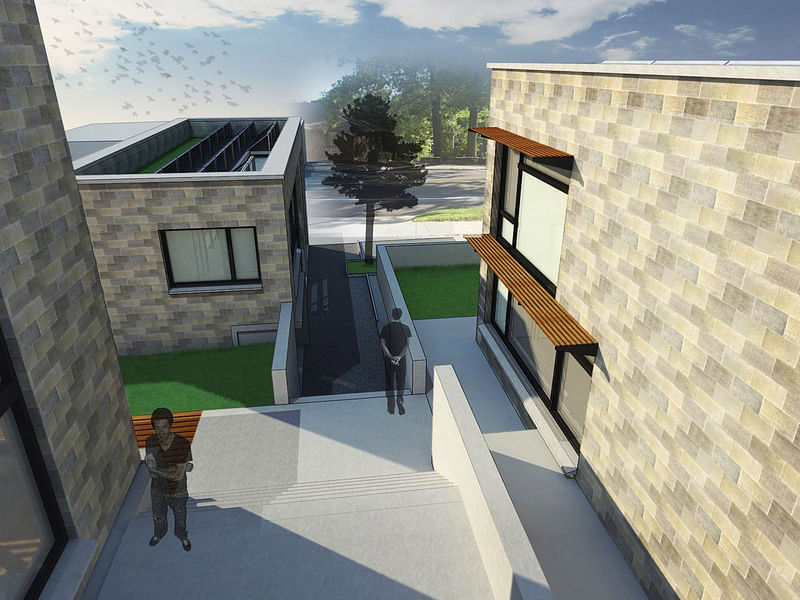
The team redefined the living unit by decreasing size, cost and energy footprint without diminishing design or sacrificing detail. The building maintains a level of simplicity through form, particularly in plan, but affords spatial complexity through experience, particularly in section, where forms interlock and layer to generate zones, increase ventilation, and provide overhangs/adjacencies. The design incorporates planned ambiguity that blurs the boundary between interior and exterior spaces, creates moments of pause and framed views, and plays with light for both, aesthetic and environmental purposes.
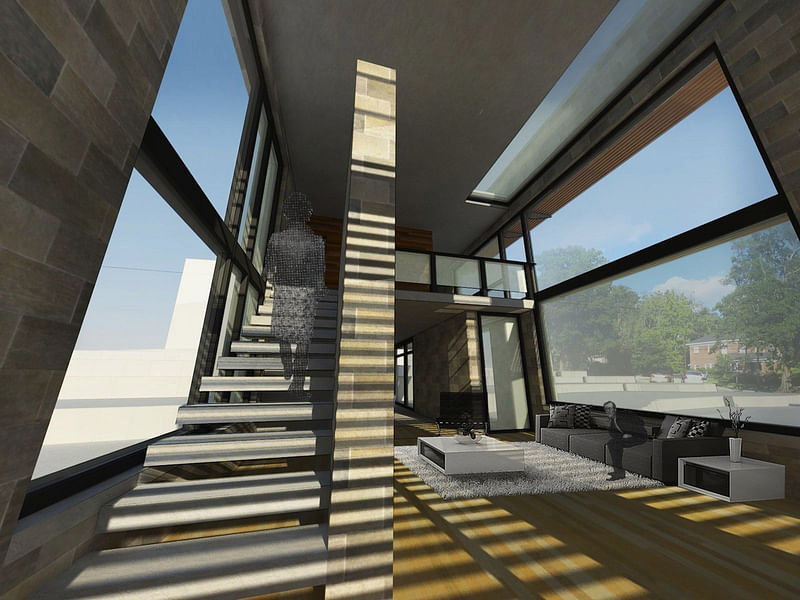
The success of the overall project is based on the sum of its units. The team redefined these three essential units by reacting to the family unit, utilizing rich material unit, and rethinking the living unit to create a dynamic unified space that responds to the challenges of the competition.
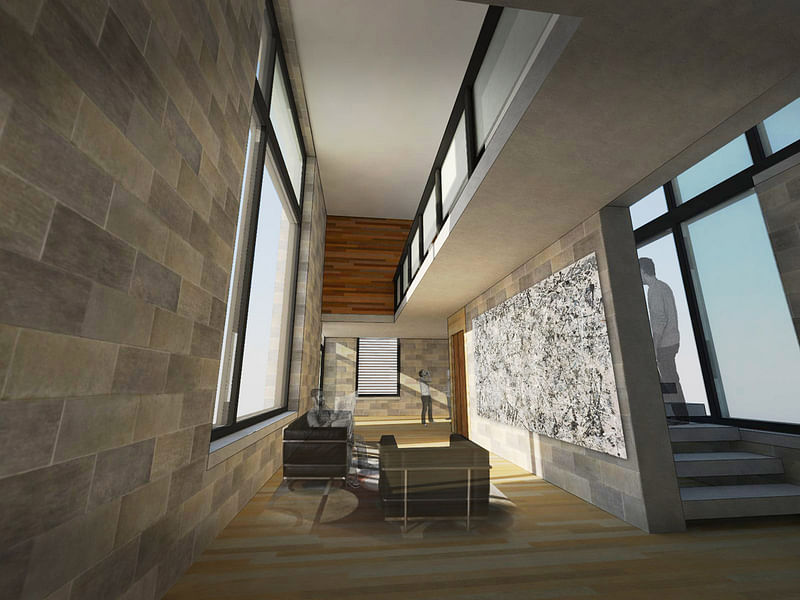
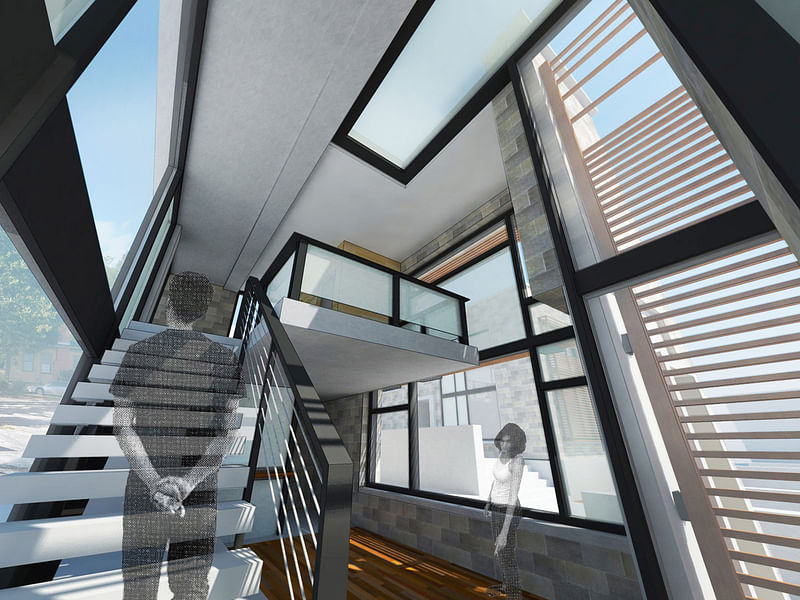
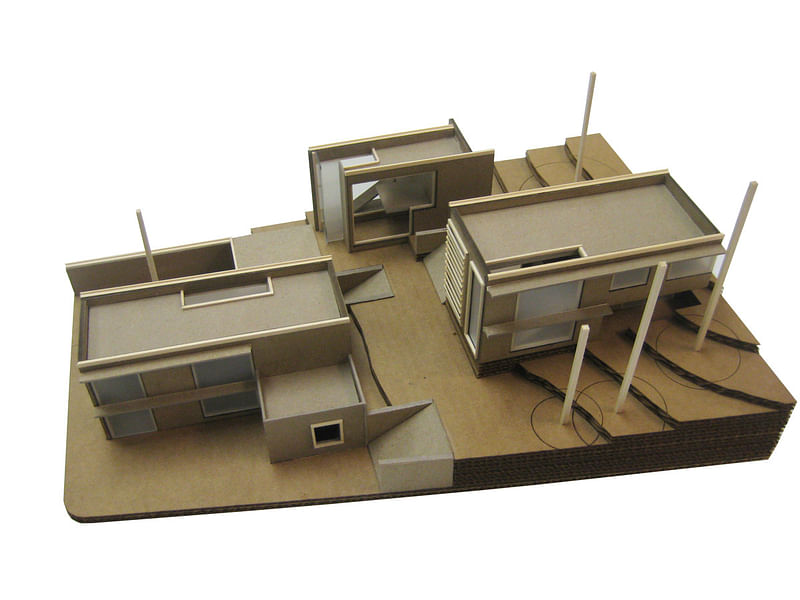
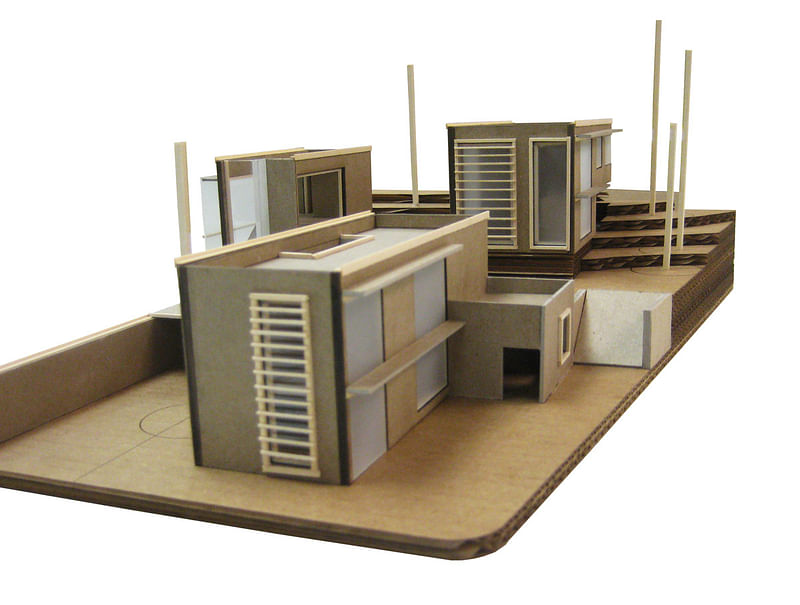
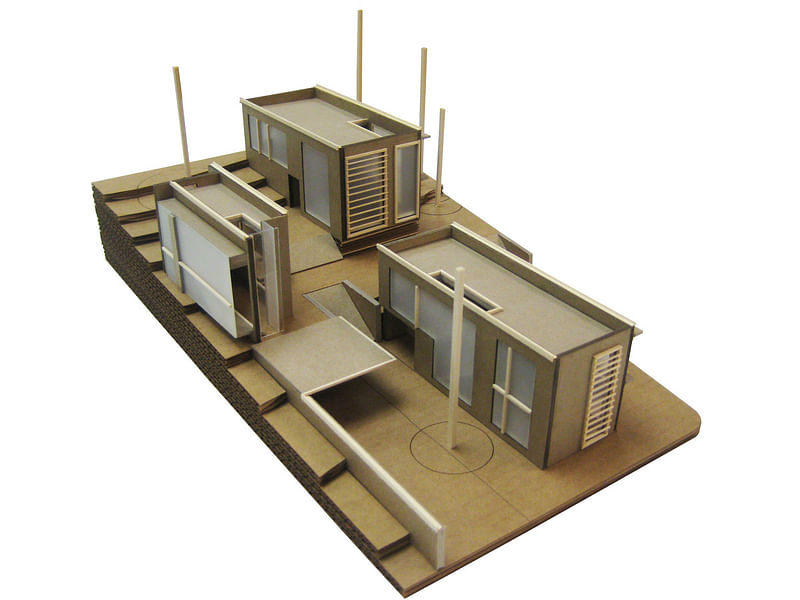
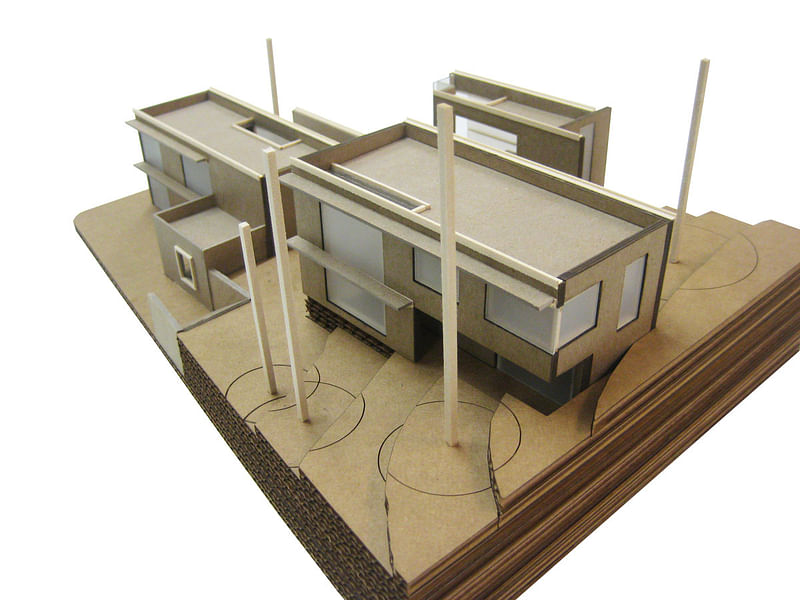
Find more plans, sections and details in the image gallery below.
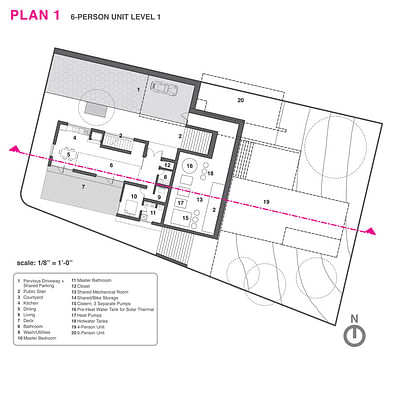
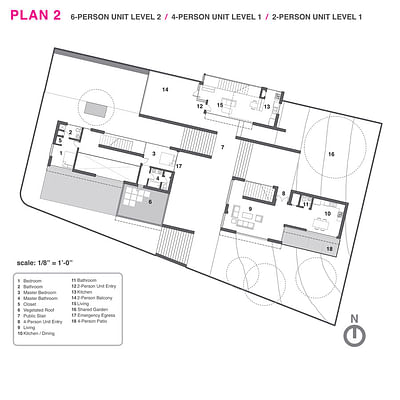
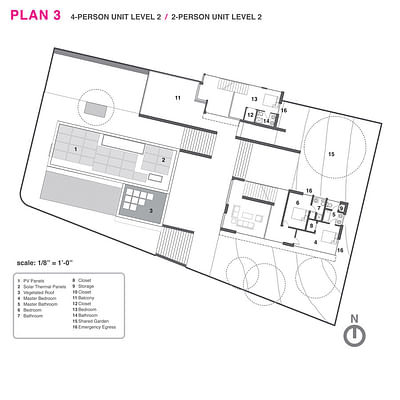
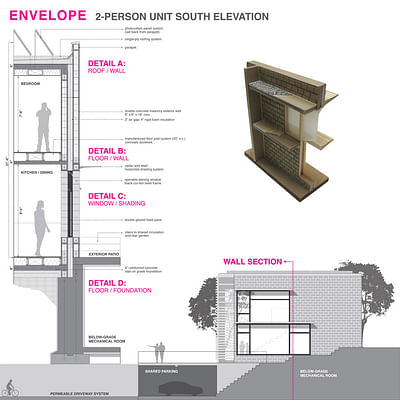
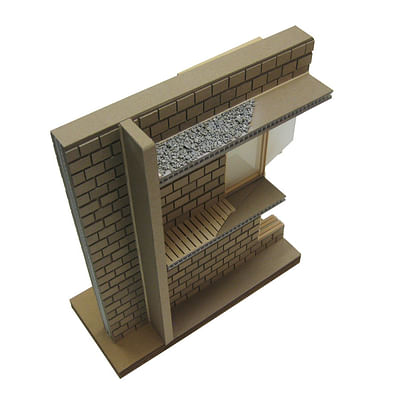
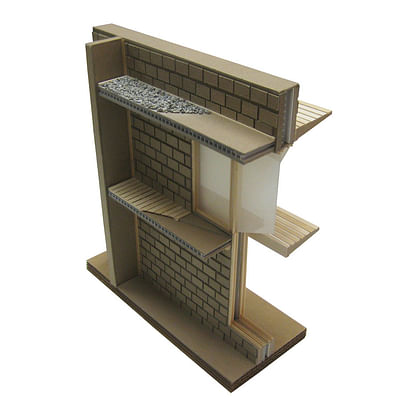

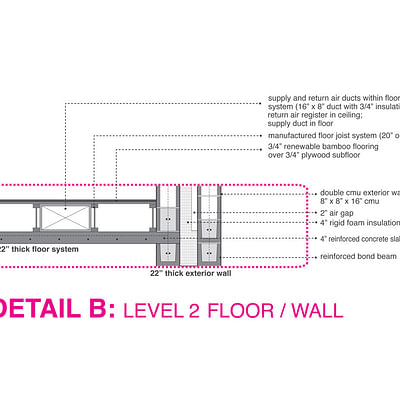
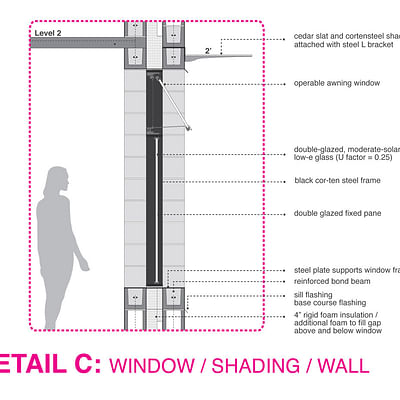
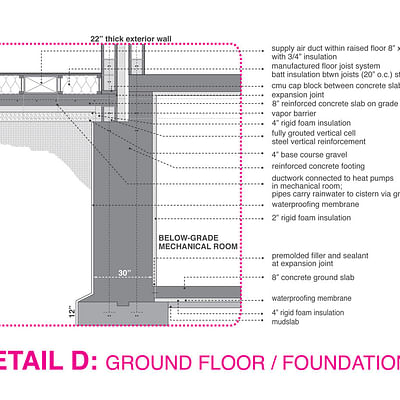

Share
0 Comments
Comment as :